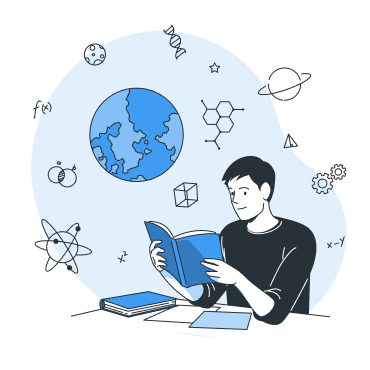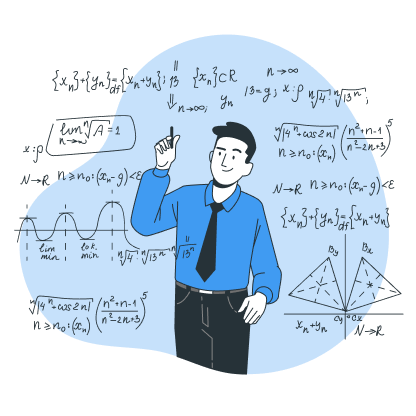

Our cognitive system understands language in a manner designed to mimic humans. We teach the system just as we would a human – from first principles. The imparted knowledge is available for the system’s reference – just as we humans refer to our stored knowledge to make sense of what we read, see, or hear.
A human brain holds an incredible amount of knowledge. It learns vocabulary, syntax, semantics, complex industry processes, and is able to reason, infer and calculate. All this teaching is stored as knowledge that is available later for use. Our cognitive technology works on the same principles, though it’s currently reached narrow AI standards – but will progress to increasingly complex reasoning and knowledge states.


We look at language-based information as a series of events. For example a conversation between a contact center agent and a customer entails a string of information exchange and updates occurring during the call. Maybe a payment was restructured. Our system understand and tracks this event on a timeline, capturing the old and new values of the payment, as well as the cause for the change. All this is possible since industry-specific knowledge is taught to the system in addition to common world knowledge such as how dates work and how the rules of math apply.
Knowledge-based AI systems are symbolic in principle. Outputs are deterministic and hence highly accurate. Each system output can be explained at a click – enabled by knowledge taught to the system.
